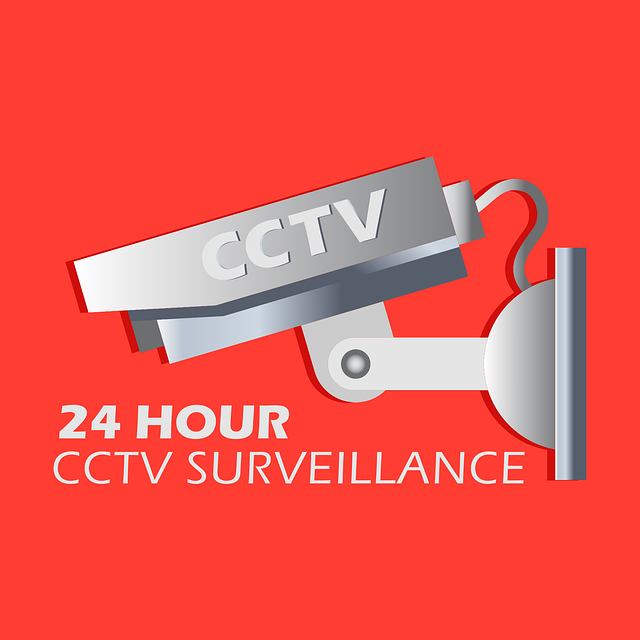Event-triggered recording (ETR) optimizes live security monitoring by capturing video only when specific events like motion or door openings occur, reducing unnecessary data storage costs and enhancing operational efficiency. In retail, cameras can record unauthorized entries or motion in specified zones, preserving storage capacity while providing comprehensive event reviews without redundant data. ETR is a cost-effective solution for organizations managing extensive data volumes, streamlining investigations and making live security monitoring more responsive and effective. Best practices include configuring triggers, real-time analysis, immediate response, and regular archiving of old data to maintain an efficient storage system.
Event-triggered recording (ETR) is transforming how we manage storage in a digital world inundated with data. By capturing video or audio only when specific events occur, ETR optimizes storage space, reduces costs, and enhances efficiency. This article delves into the mechanics of ETR, exploring its benefits for live security monitoring while offering best practices to maximize cost-effectiveness in storage utilization. Discover how this innovative approach can revolutionize your data management strategy.
Understanding Event-Triggered Recording
Event-triggered recording is a powerful tool in the realm of live security monitoring, optimizing storage use by capturing video footage only when specific events occur. Unlike traditional continuous recording, which stores every moment, this method focuses on activating cameras at predefined triggers, such as motion detection, audio alerts, or even door openings. By implementing event-driven recording, organizations can significantly reduce unnecessary data storage costs and ensure that their security systems are more efficient.
In the world of live security monitoring, understanding these triggers is key to effective deployment. For instance, in a retail setting, cameras could be programmed to record only when a door sensor detects unauthorized entry or when motion is detected inside a specific zone. This ensures that valuable storage capacity is preserved while capturing critical incidents, enhancing operational efficiency and providing comprehensive event reviews without the clutter of redundant data.
Optimizing Storage: The Benefits
Event-triggered recording (ETR) offers significant advantages in optimizing storage utilization, a crucial aspect for organizations dealing with vast amounts of data. By implementing ETR, security teams can enhance their live security monitoring capabilities without straining storage resources. This method records video footage only when specific events occur, such as motion detection or alarm triggers, ensuring that storage space is used efficiently.
As a result, ETR reduces the need for continuous recording, which can be expensive and inefficient. It allows for more flexible storage management, enabling easy retrieval of relevant incidents while discarding unnecessary data. This approach not only saves costs but also streamlines the analysis process during investigations, making live security monitoring more effective and responsive to critical events.
Implementing Efficient Live Security Monitoring
Implementing efficient live security monitoring is a strategic move for optimizing storage use in event-triggered recording systems. Traditional monitoring methods often involve constant, unrestricted data capture, leading to excessive storage requirements. However, with advanced live security monitoring techniques, organizations can now harness real-time insights to make informed decisions about data retention and deletion. By focusing on specific events and triggering recordings accordingly, the volume of stored data is significantly reduced, freeing up valuable space for more critical information.
This tailored approach ensures that only relevant incidents are recorded, enhancing storage efficiency without compromising security. Live monitoring tools can analyze incoming data streams, identify patterns, and trigger recordings based on predefined rules or unusual activities. This proactive strategy not only optimizes storage but also enhances overall system performance by minimizing unnecessary processing of irrelevant data.
Best Practices for Cost-Effective Storage Use
To optimize storage use with event-triggered recording, implementing best practices is essential for cost-effectiveness. One key strategy involves configuring recording triggers to capture only relevant data. For instance, instead of continuous recording, set triggers based on specific events like motion detection or door openings. This ensures that storage resources are used efficiently by focusing on meaningful incidents.
Additionally, leveraging live security monitoring allows for real-time analysis and immediate response to alerts. By integrating this feature, you can avoid storing unneeded footage, reducing storage costs further. Regularly reviewing and archiving old data, keeping only essential records for the required period, is another vital practice. This disciplined approach ensures that your storage system remains optimized and cost-efficient over time.
Event-triggered recording is a game-changer in optimizing storage use, particularly for live security monitoring. By implementing this technology, organizations can significantly reduce storage costs while enhancing their ability to monitor and analyze critical events in real time. Following best practices ensures efficient storage utilization, allowing for proactive data management and improved overall security posture. Integrating event-triggered recording into your infrastructure is a strategic move towards a more cost-effective and responsive security approach.
